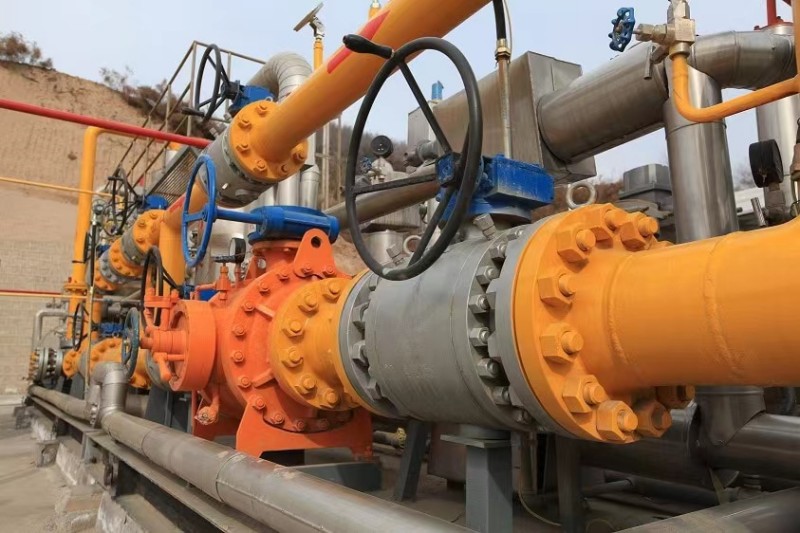The Development of Forged Steel Ball Valves
Although compared to the cast steel ball valves, forged valve parts such as bodies, bonnets, and sphere disc require more production time and extra materials. Forged steel ball valves are still wildly used in various industries due to their good sealing, high strength, fatigue resistance, and impact resistance.
In the past, forging technology was usually used for small diameter valve bodies, while valves larger than DN50 were generally adapt casting technology. However, in view of current developments in the valve industry, this situation no longer exists. This means that there are no longer any technological limitation on ball valves of different diameters. The main reason is that the requirements for applicable working conditions have increased. For example, the high temperature and high pressure valves required for the strong discharge medium of the atomic energy industry system and the extremely toxic medium of the chemical industry system have very strict requirements to prevent external leakage. Due to the unstable quality of cast steel valve parts, forged steel ball valves have been adopted. Therefore, the continuous increase in demand has prompted the development of forged steel valves.
The development of forged steel ball valve manufacturing technology has greatly enhance the materials, pressure rating, accuracy of forged steel ball valves.
The forging technology of forged steel ball valves is divided into two types: open-die forging and closed die forging. Closed die forging technology is wildly used by more and more industries due to its ability to create complex shapes and with ninumal waste.
